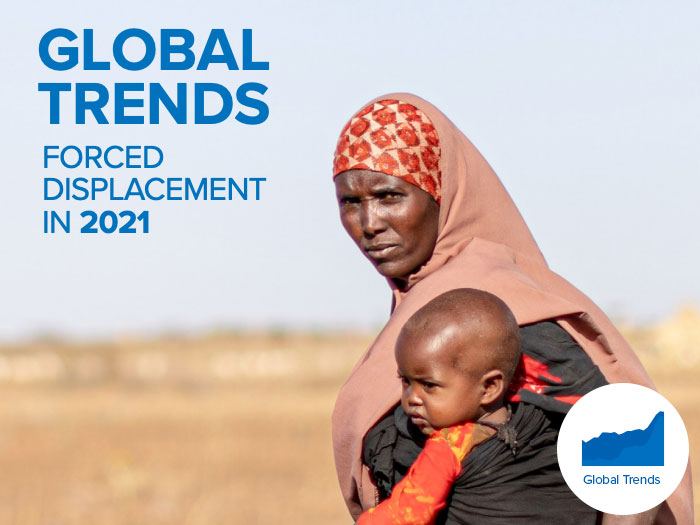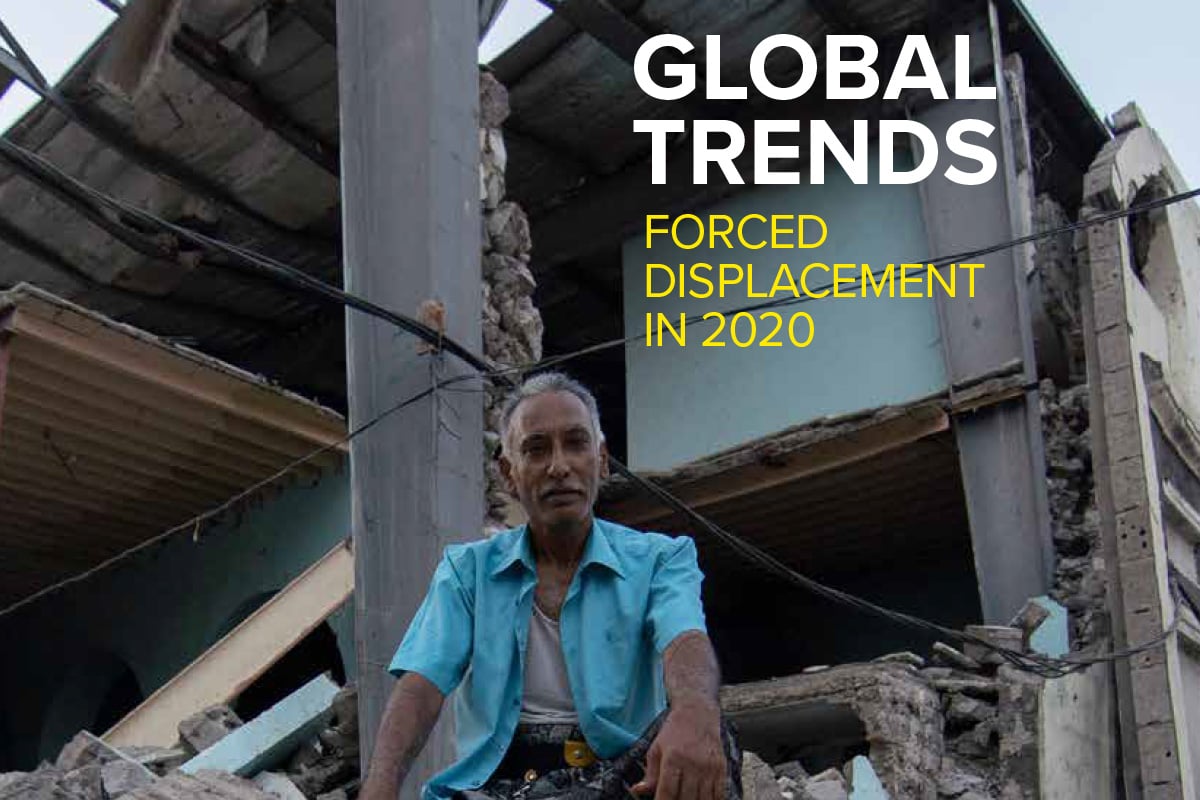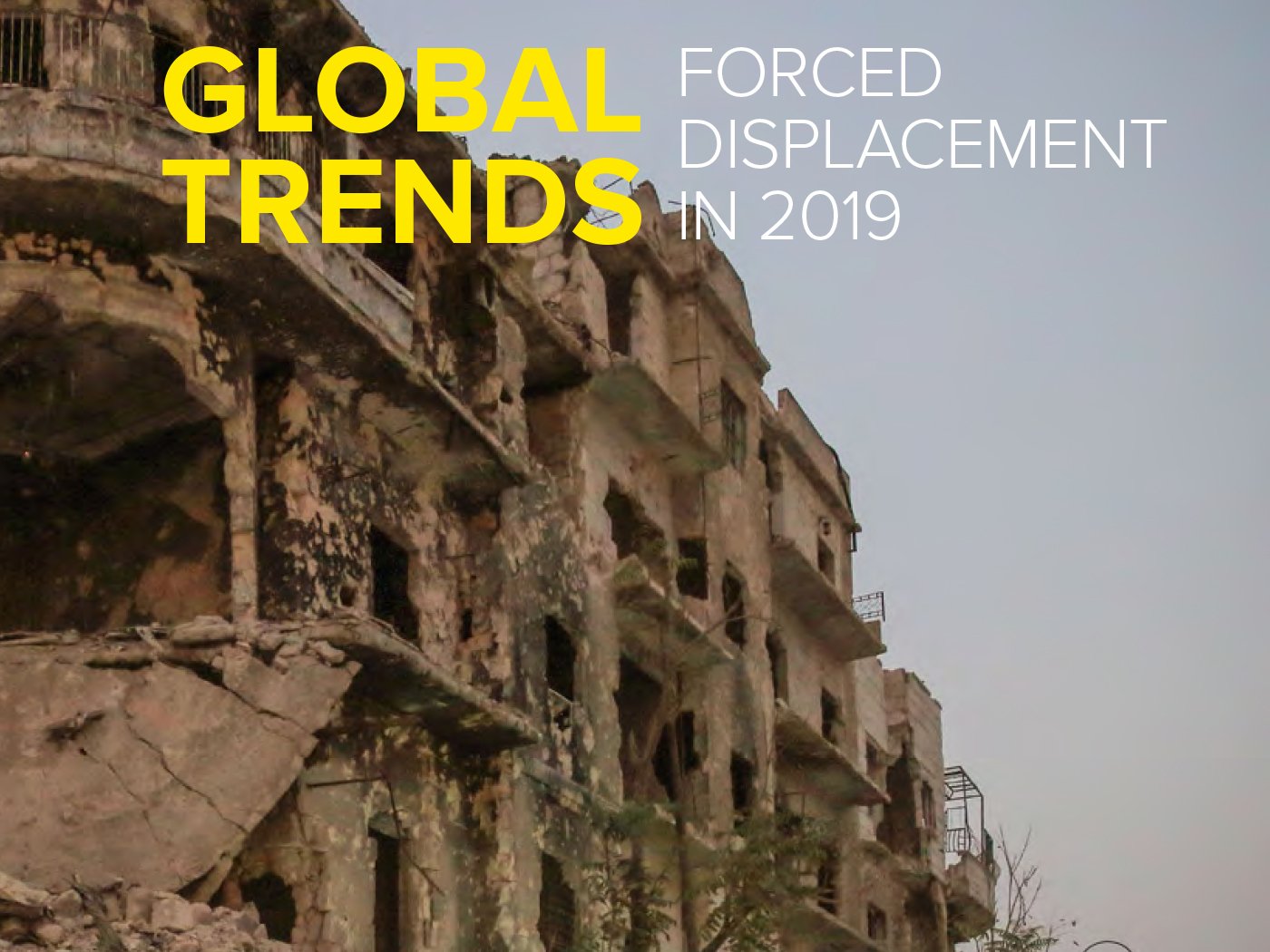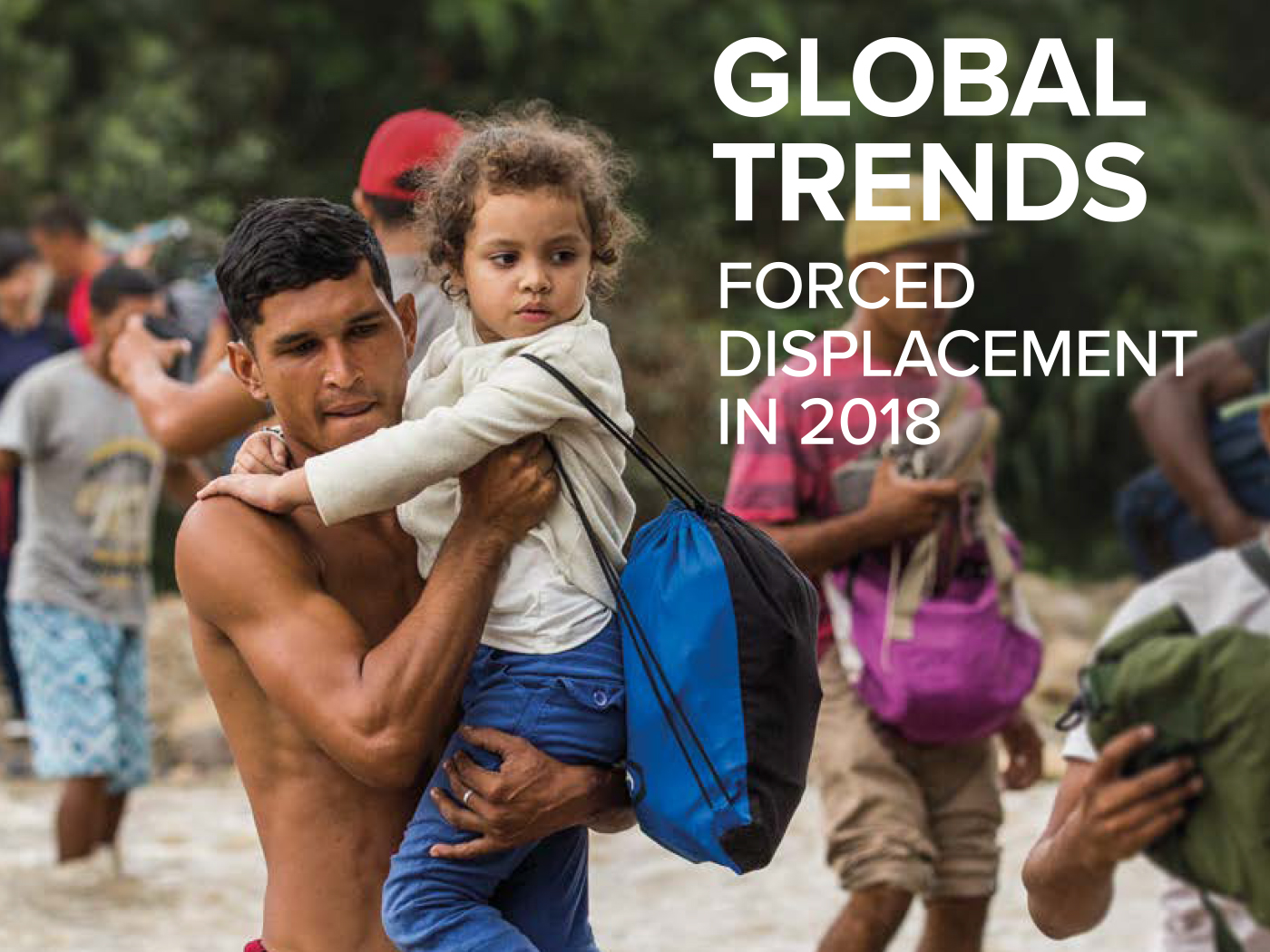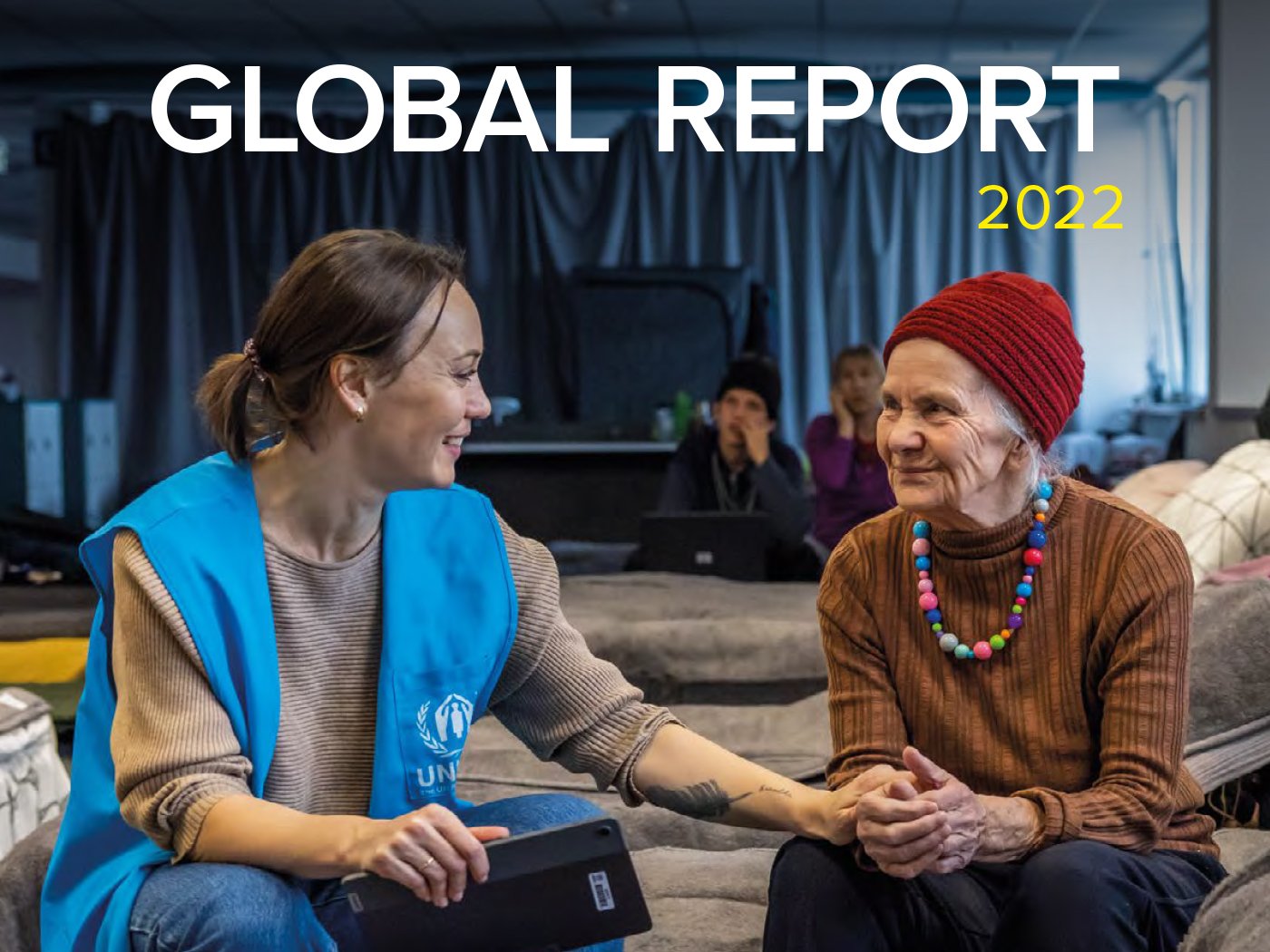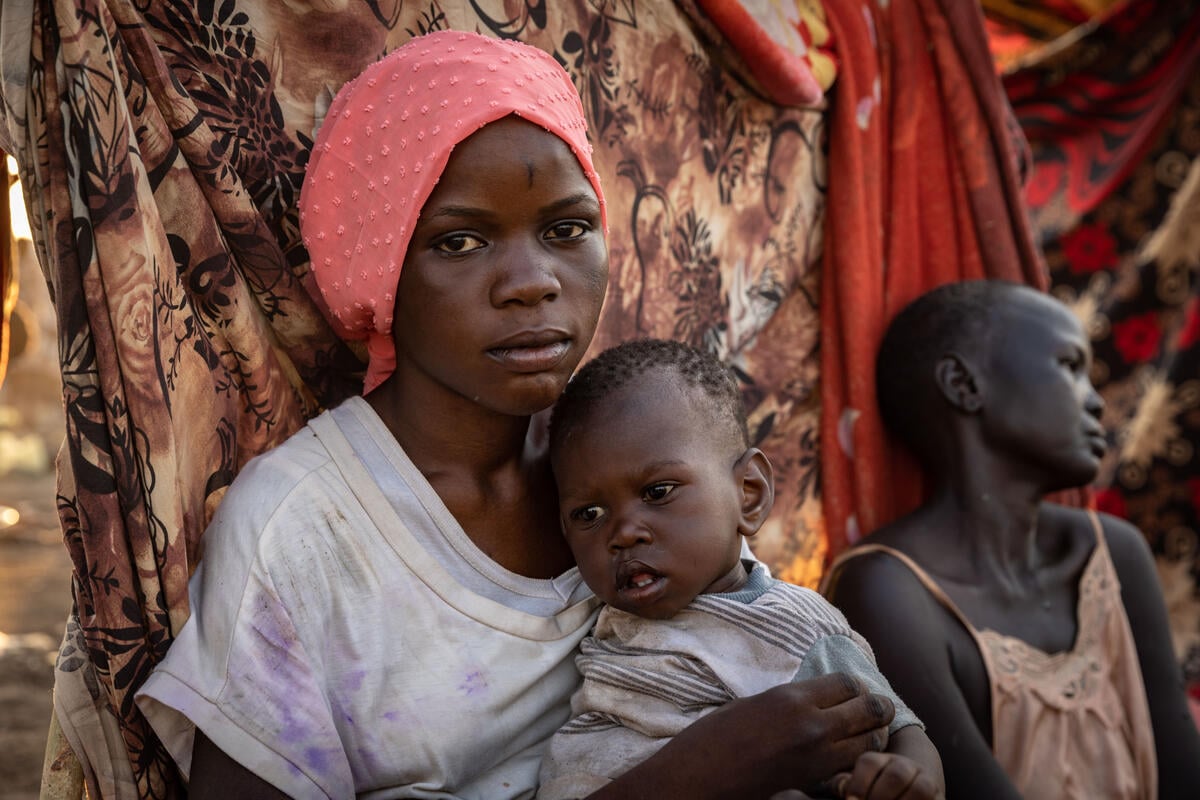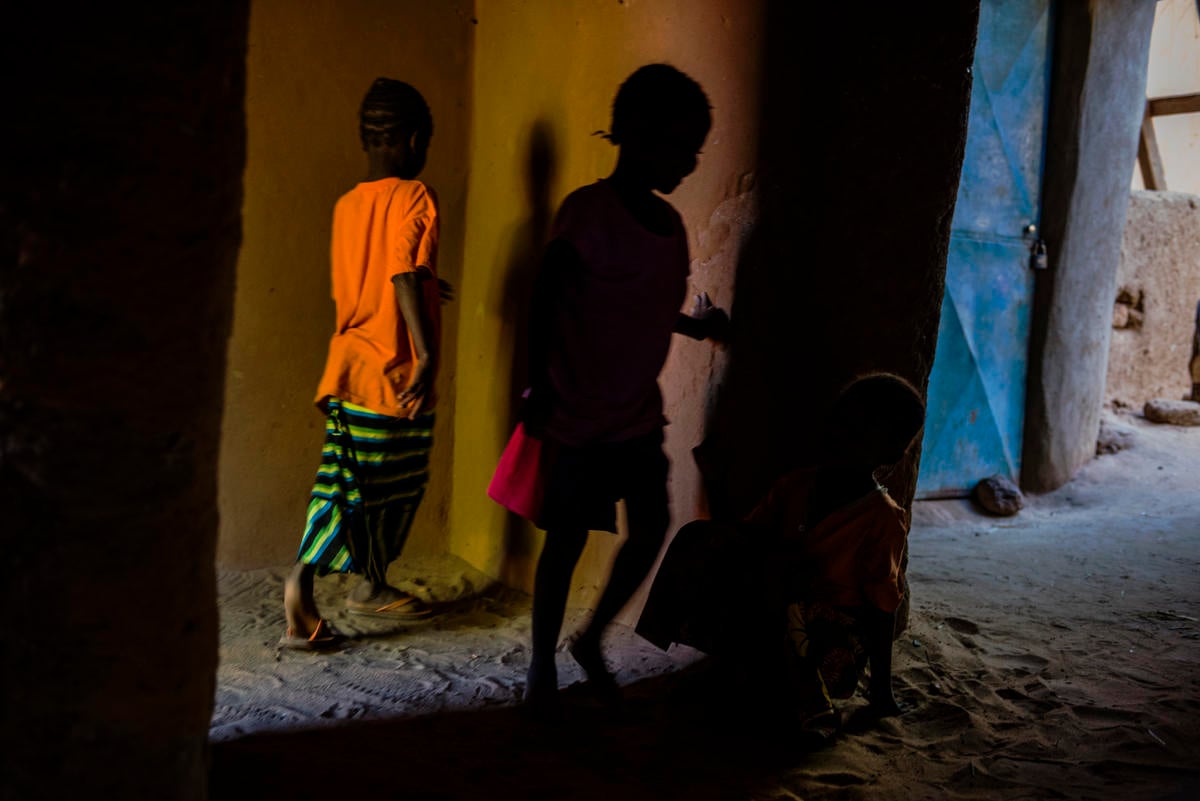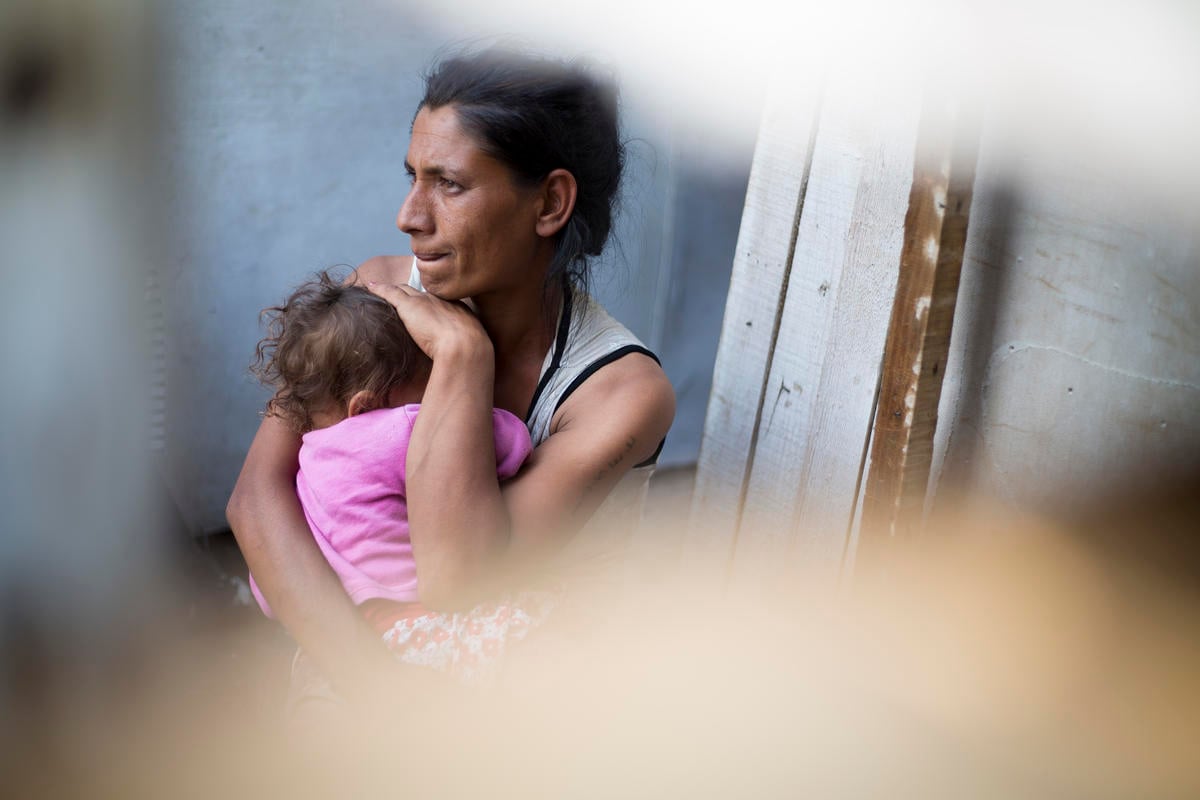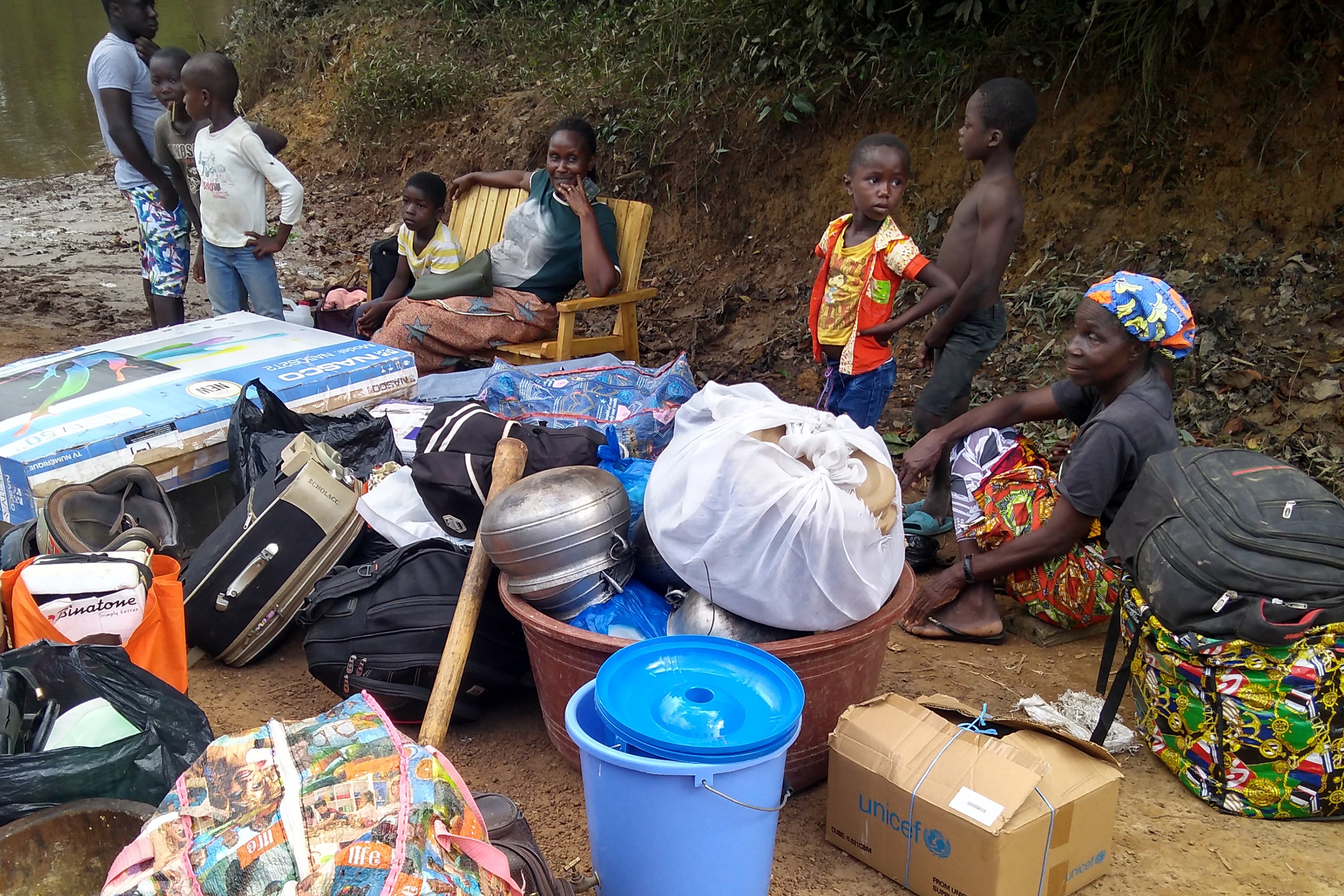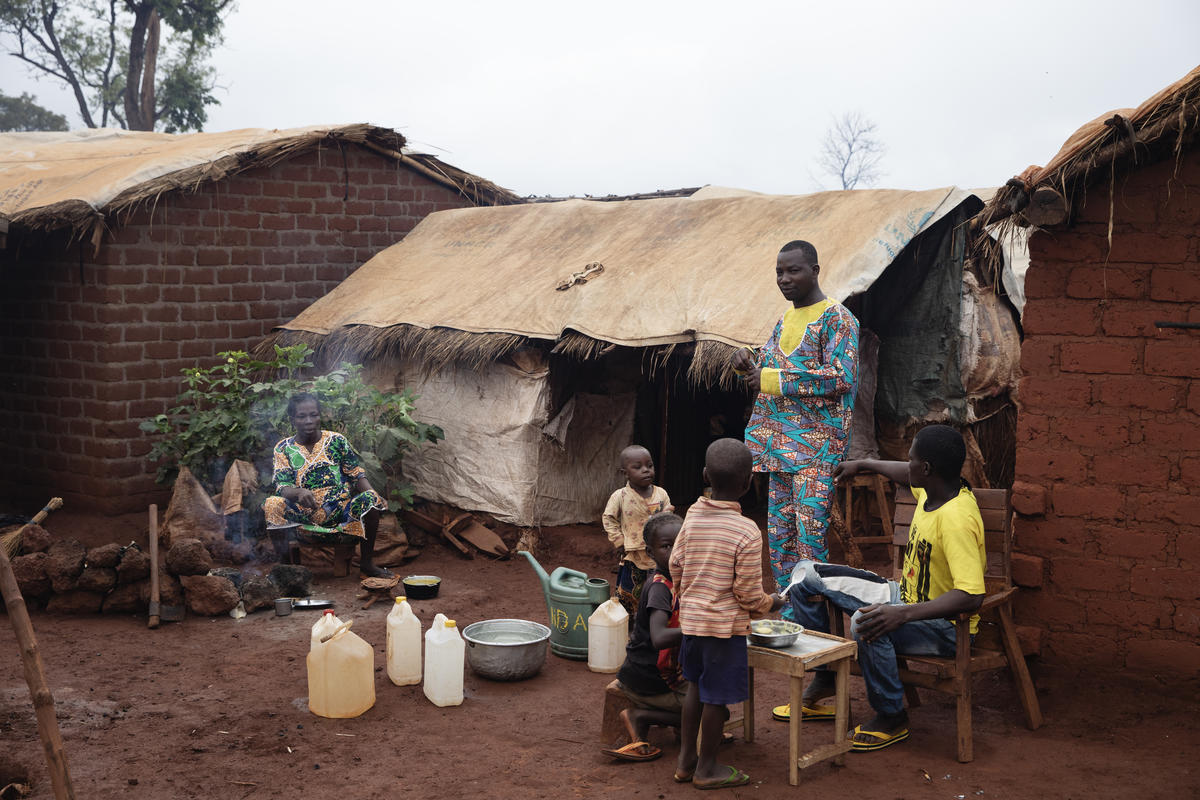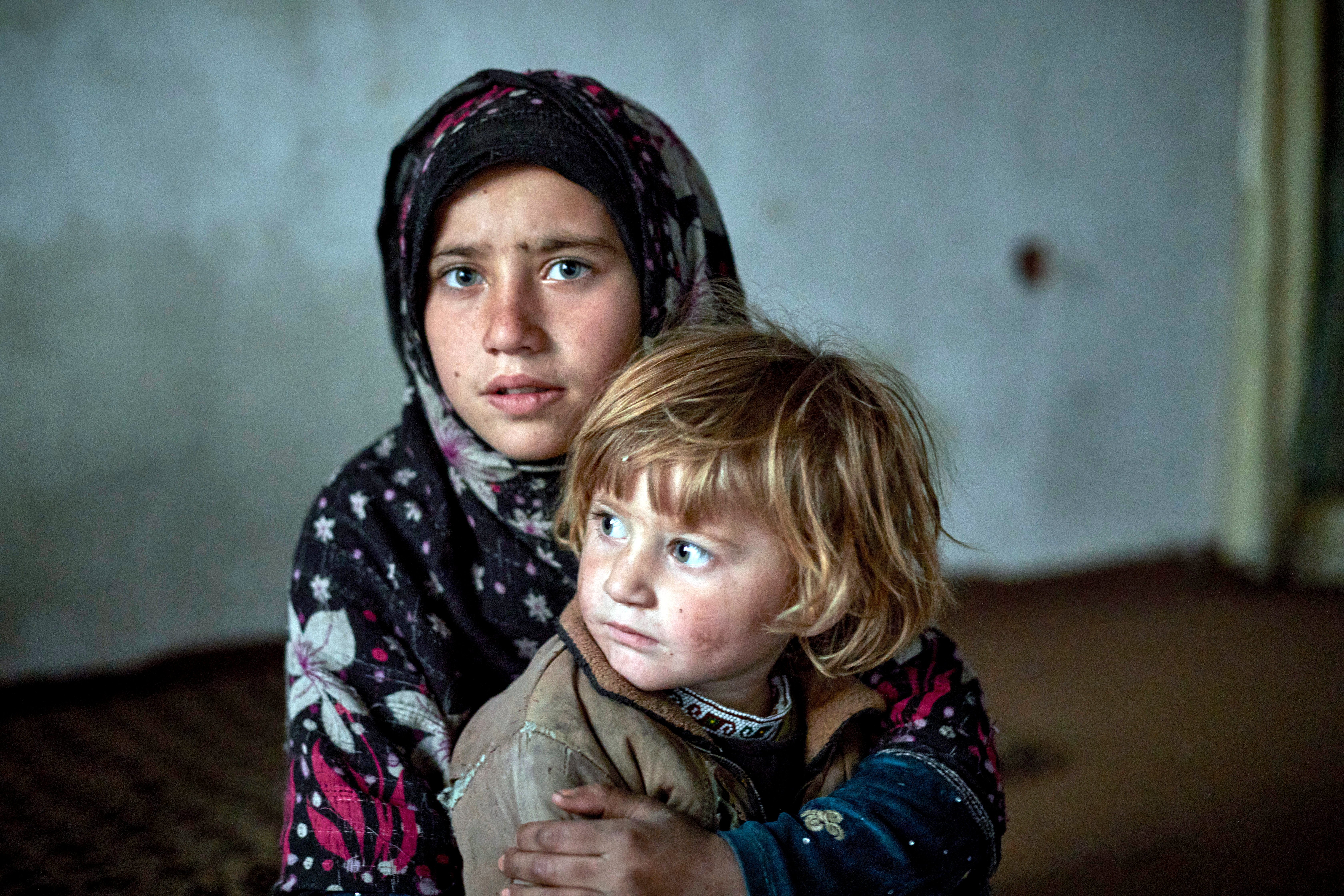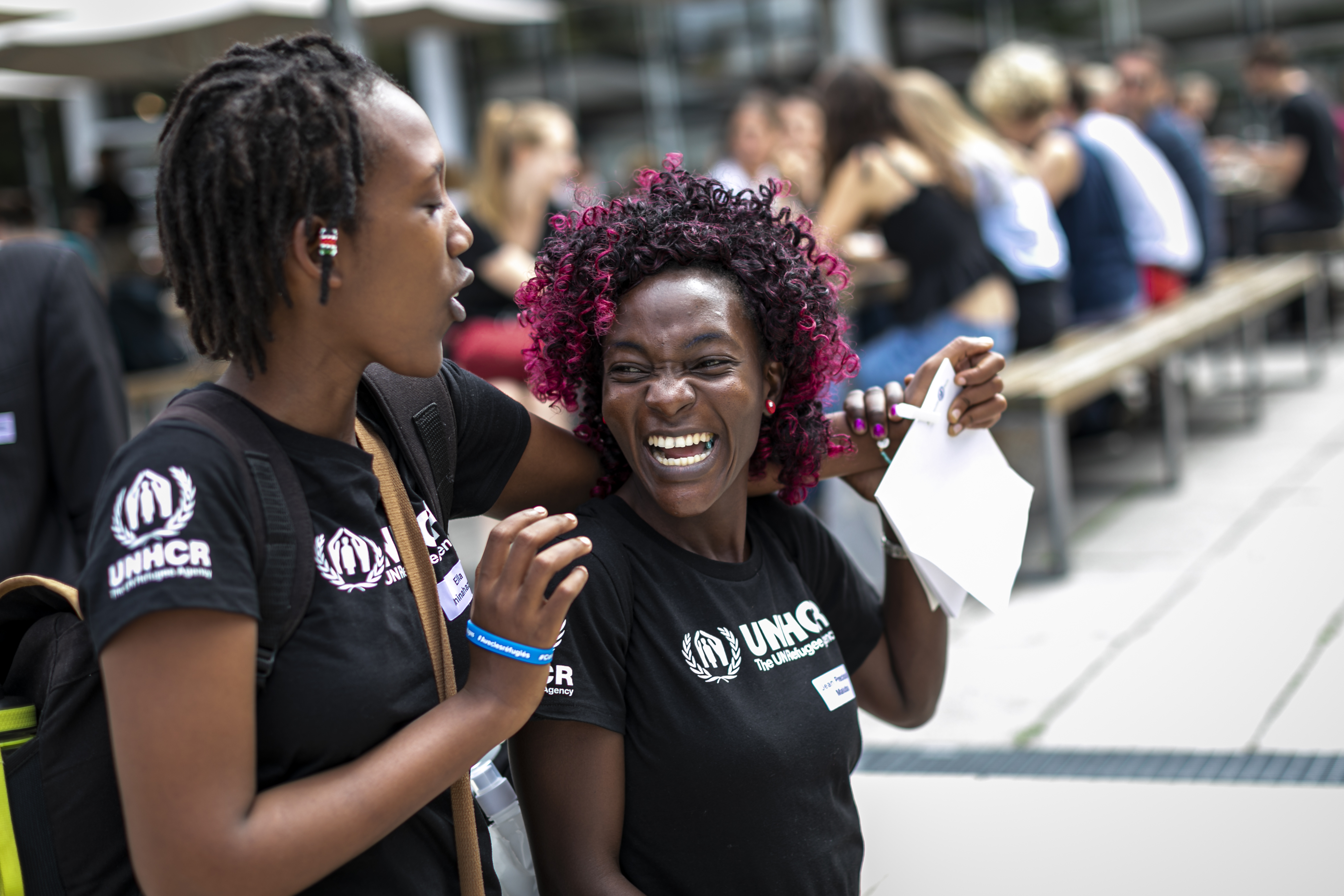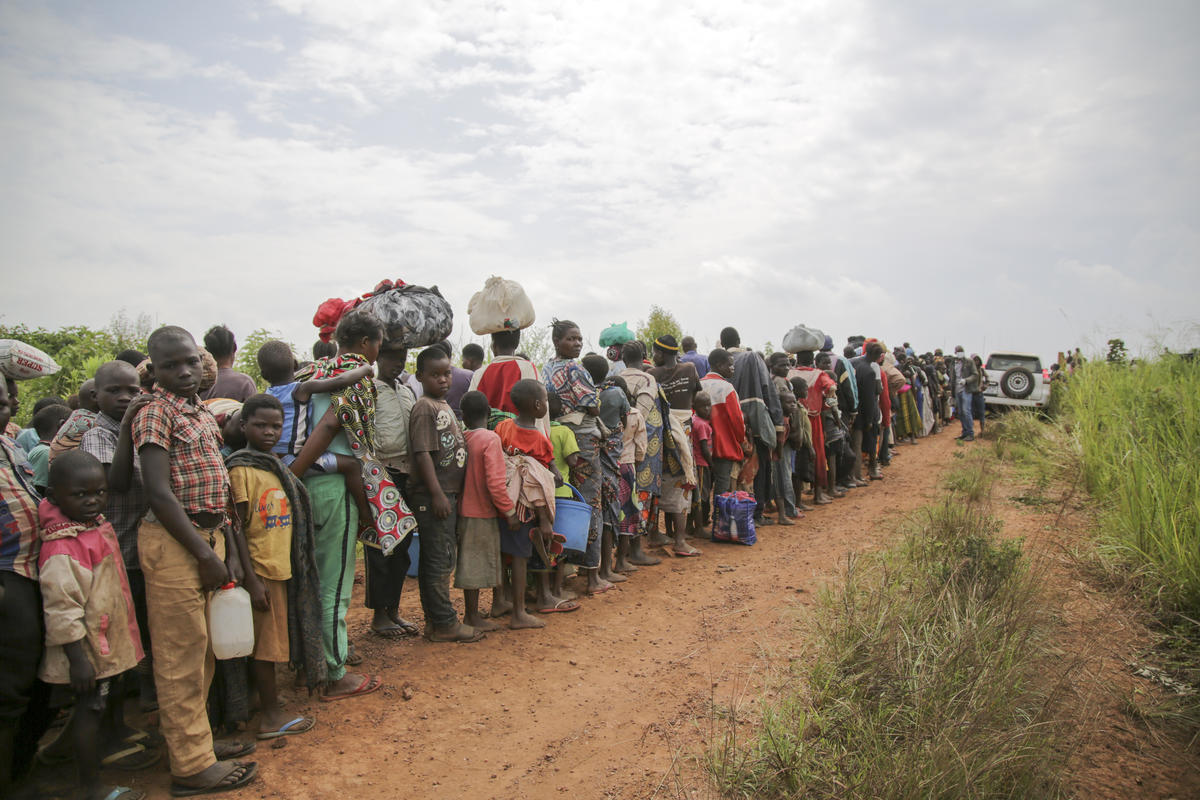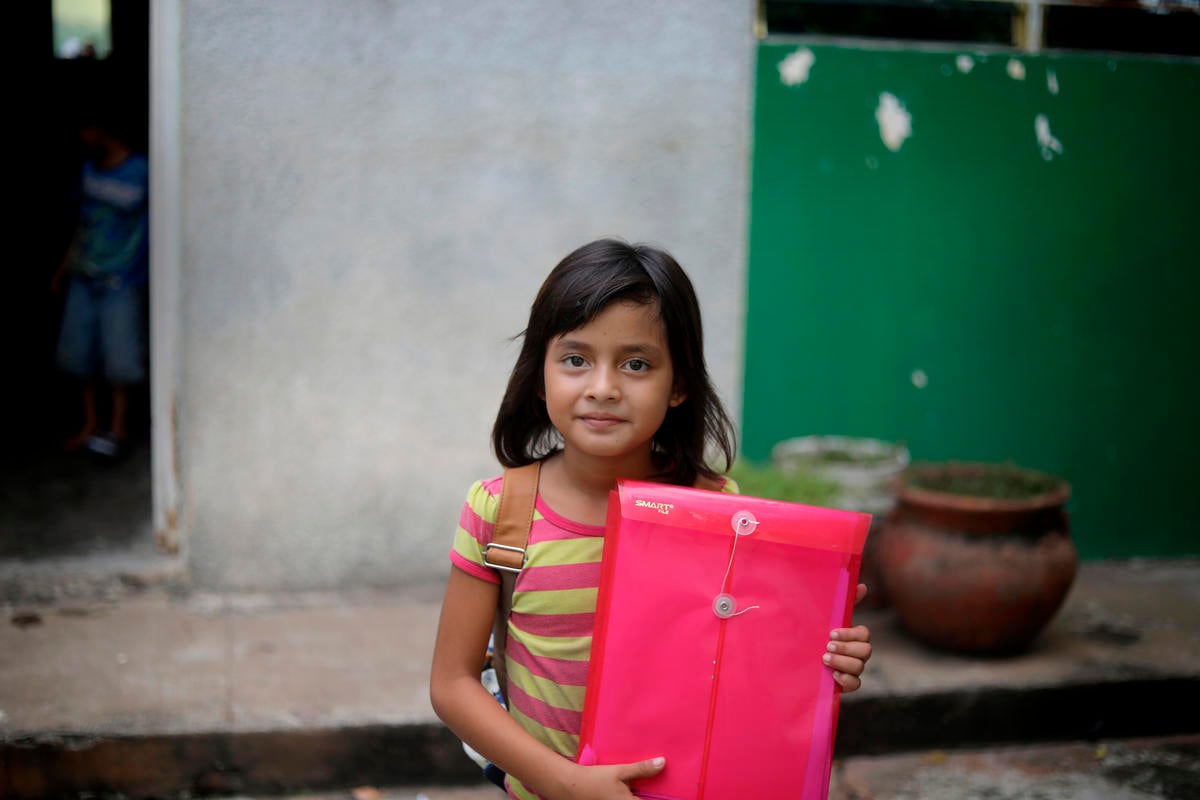Global Trends
Global Trends
It includes the latest official statistics on refugees, asylum-seekers, internally displaced and stateless people, as well as the number of refugees who have returned home.

UNHCR's Global Trends report presents key statistical trends and the latest official statistics on refugees, asylum-seekers, internally displaced and stateless people worldwide, as well as numbers of refugees and IDPs who have returned to their countries or areas of origin.
The Global Trends report is published once a year and reflects on the previous year. The figures are based on data reported by governments, non-governmental organizations and UNHCR.
Data and official statistics on forcibly displaced and stateless populations is critical to inform and guide policy-making and programming at the global, regional and national levels. Through this, UNHCR and partners can more effectively safeguard the rights and well-being of displaced people.
Global forced displacement
At the end of 2022, 108.4 million people worldwide were forcibly displaced as a result of persecution, conflict, violence, human rights violations and events seriously disturbing public order.
This represents an increase of 19 million people compared to the end of 2021 – more than the populations of Ecuador, the Netherlands (Kingdom of the) or Somalia. It is also the largest ever increase between years according to UNHCR’s statistics on forced displacement.
More than 1 in every 74 people on Earth has been forced to flee.
People forced to flee worldwide (2012 - 2022)
New forced displacements in 2022
Ongoing and new conflicts have driven forced displacement across the globe. The Russian Federation’s full-scale invasion of Ukraine in February 2022 created the fastest displacement crisis, and one of the largest, since the Second World War. At the end of 2022, a total of 11.6 million Ukrainians remained displaced, including 5.9 million within their country and 5.7 million who fled to neighbouring countries and beyond.
Conflict and insecurity in other parts of the world either continued or was reignited, such as in the Democratic Republic of the Congo, Ethiopia and Myanmar, where more than 1 million people were displaced within each country.
Refugees, asylum-seekers and others in need of international protection displaced during each year | 1975 – 2022
Read the Global Trends report for the latest data, statistics and analysis of global forced displacement.
Number of refugees in the world
The number of refugees worldwide increased from 27.1 million in 2021 to 35.3 million at the end of 2022, the largest yearly increase ever recorded, according to UNHCR’s statistics on forced displacement.
The increase was largely due to refugees from Ukraine fleeing the international armed conflict in their country.
Overall, 52 per cent of all refugees and other people in need of international protection came from just three countries: the Syrian Arab Republic (6.5 million), Ukraine (5.7 million) and Afghanistan (5.7 million).
Internally Displaced People (IDPs)
Most people who are forced to flee never cross an international border, remaining displaced within their own countries. Known as internally displaced people, or IDPs, they account for 58 per cent of all forcibly displaced people.
The largest number of people displaced within their own country was 6.8 million in Syria, consistent with the end of the previous year. This means that 1 in 3 of all Syrians remaining within their country were still internally displaced at the end of 2022, after more than a decade of conflict.
Displacement in the context of disasters
In addition to conflict and violence, people were displaced within their countries due to disasters. During the year, 32.6 million internal displacements due to disasters were reported, with 8.7 million people remaining displaced at the end of 2022, according to the Internal Displacement Monitoring Centre. Disaster related internal displacement accounted for more than half (54 per cent) of all new displacements in 2022.
What next?
New and ongoing conflicts continue to force people to flee in 2023, including as a result of conflict in the Democratic Republic of the Congo and Sudan, widespread violence in Myanmar and persistent insecurity and drought in Somalia. The surge in global energy and commodity prices has negatively affected many countries that were already fragile. This has been compounded by the lingering impact of the COVID-19 pandemic.
Despite these systemic risks, one thing that is unlikely to change in 2023 is that most refugees and displaced people stay as close to their countries as possible. At the end of 2022, 70 per cent of refugees, including people in refugee-like situations and other people in need of international protection, were hosted by neighbouring countries. Over the last five decades, three-quarters of these same populations remained within their region of origin.
Flows of refugees, people in refugee-like situations and other people in need of international protection from their region of origin to their region of asylum | 1975 – 2022

Remarkable solidarity continues to be shown for refugees and other forcibly displaced populations around the world. But this cannot be taken for granted and requires global solidarity and responsibility sharing by the international community. This means doing more to ease the pressure on the host countries, enhance refugee self-reliance, expand access to third-country solutions, and support conditions in countries of origin for voluntary return in safety and dignity.
The upcoming Global Refugee Forum 2023 will be an opportunity to demonstrate that this solidarity remains solid, as States and other stakeholders showcase good practices and make new commitments in support of refugees and their host communities.
Download the report and annexes
Text and media 53
Global Trends 2022
UNHCR's Global Trends report presents the latest numbers of refugees, asylum-seekers, internally displaced and stateless persons worldwide.
Download the full Global Trends report
Annexes
Download tables 1 through 23 (.zip)
Download table 5 (.xlsx)
Database
The full data set is available at Refugee data finder.
All data are provisional and subject to change.
Previous Global Trends reports and key UNHCR data
More data and publications
Visit the UNHCR data page to learn more about how UNHCR collects data and access our flagship publications, data visualizations and statistical databases.
Global Trends annexes
- Download tables 1 through 22 (.xlsx)
- Download table 5 (.xlsx)
Access the full database
- Data is available at Refugee data finder.
All data are provisional and subject to change.



